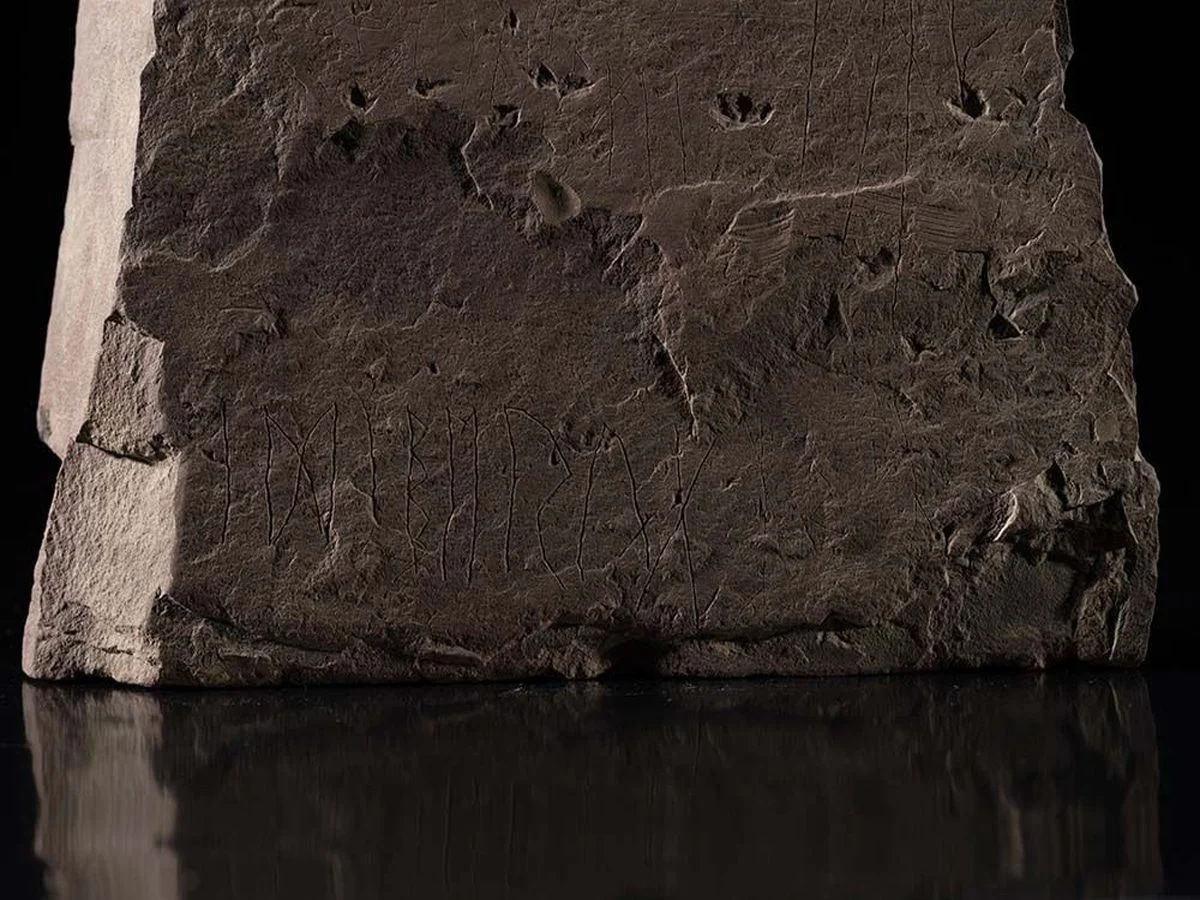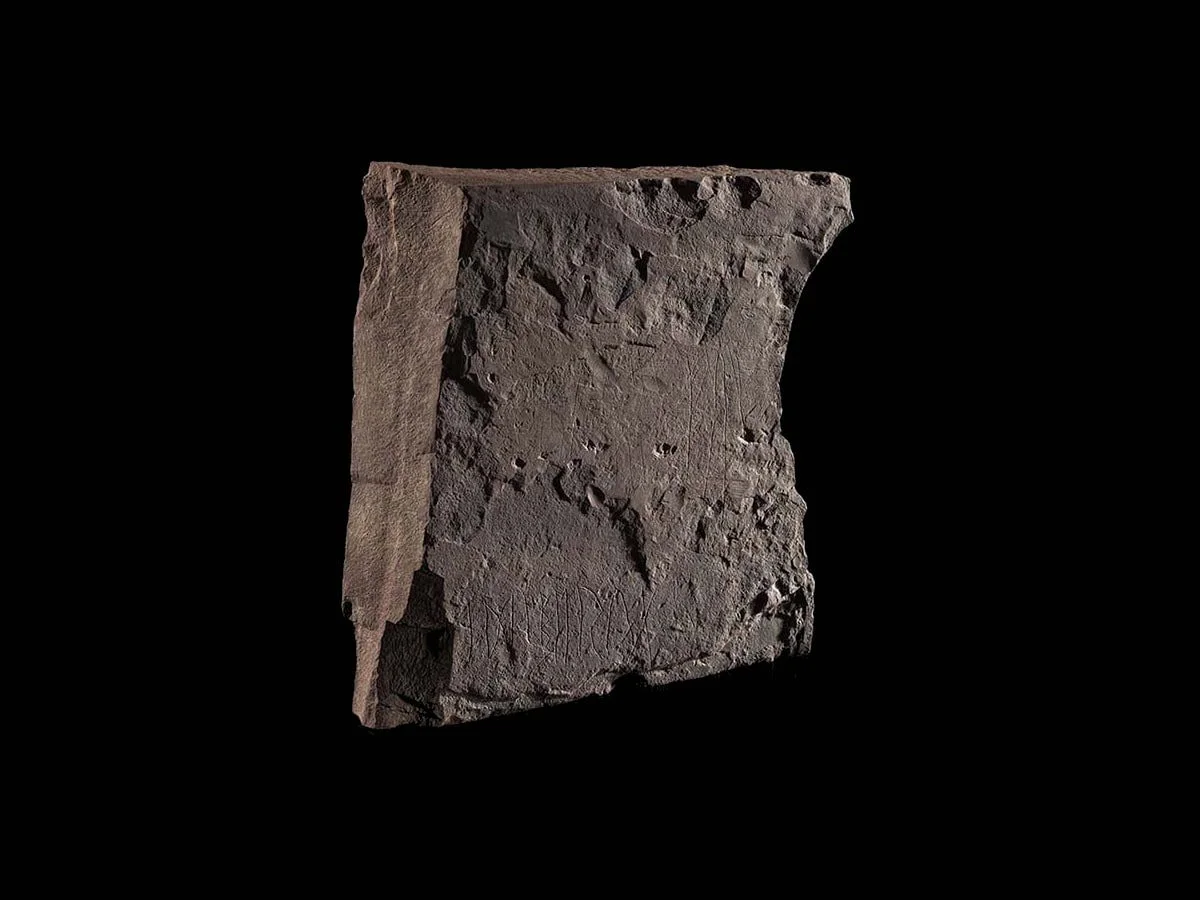Archaeologists from the Museum of Cultural History in Oslo have revealed the oldest known runestone in Norway.
Runes first started to appear during the 2nd century AD, through to the Viking Age and late Middle Ages. Runes were generally replaced by the Latin alphabet when Scandinavian people underwent Christianisation around AD 700 in central Europe and AD 1100 in northern Europe.
In Scandinavia, several thousand stones with runic inscriptions from the Viking Age have been preserved, with around 30 runestones found in Norway from the Iron Age. Early runic inscriptions arose in Scandinavia through contact with other cultures, a possible model being the Roman Latin alphabet
The discovery was made in 2021, when researchers were excavating an ancient burial ground near the Tyrifjorden lake in Norway. The results of the discovery have only now been revealed.

The site consists of flat graves and burial mounds, in which excavations of one of the burials revealed the remains of cremated human bones, charcoal, and the runestone.
An osteological study suggests that the deceased was an adult, while a carbon dating analysis of the organic remains has placed the age of the burial to AD 1-250 during the Iron Age.
The runestone is made from reddish-brown Ringeriks sandstone and has been named after the place of its discovery, Svingerudsteinen.
Carved into the stone are eight runes that have been interpreted to spell Idibera, or possibly Idiberug, Idibergu, Idiberga or Idiberung, in a Proto-Germanic language that pre-dates Old Norse.
Professor Kristel Zilmer, from the Cultural History Museum, University of Oslo, said: “The text possibly refers to a woman called Idibera, and the inscription may mean “For Idibera”. Other possibilities are that idiberug reproduces a name such as Idibergu/Idiberga, or perhaps the family name Idiberung.”
Header Image Credit : Alexis Pantos/KHM, UiO





